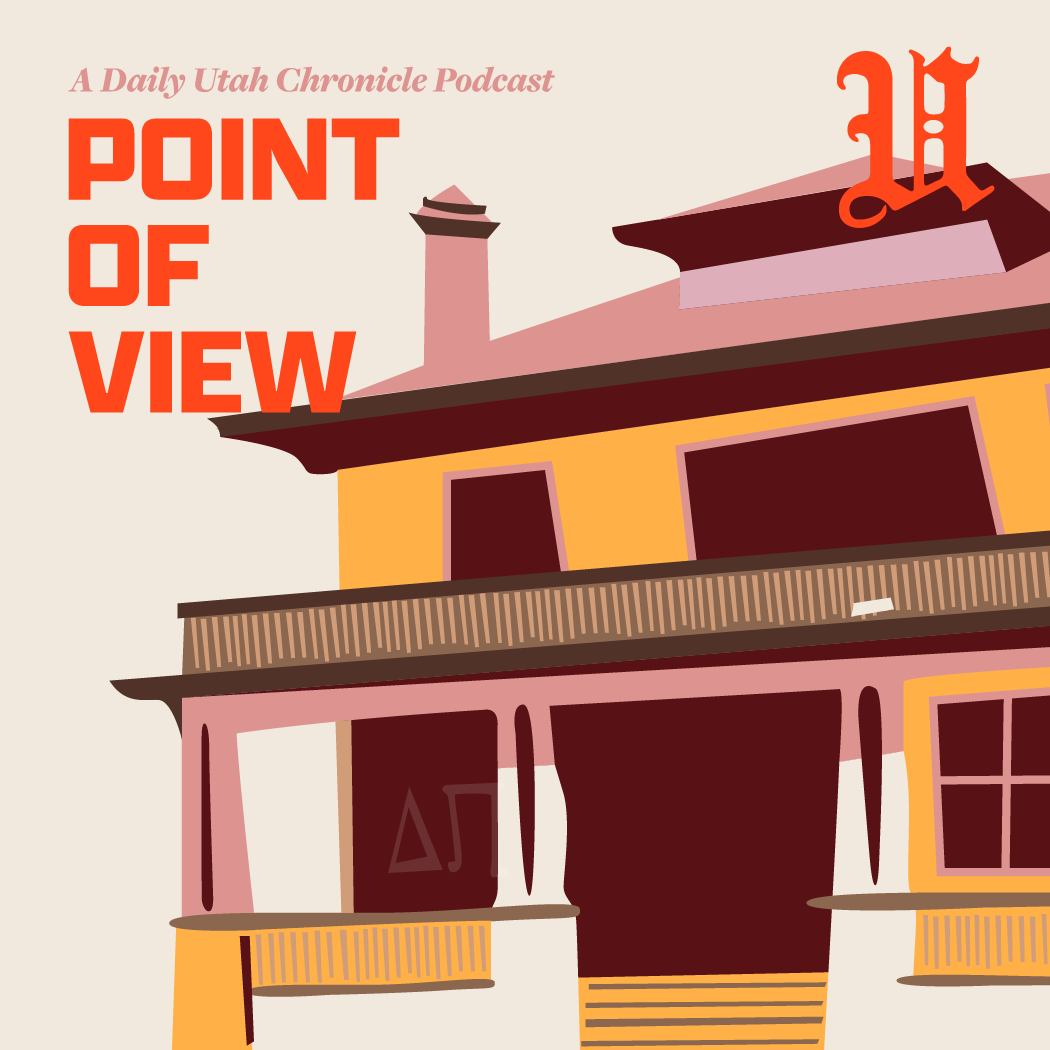Phase One: The Gleam in the Milkman&s Eye
You&re enjoying another unassuming commute down the interminable highways and byways of this great state of ours. The radio plays a familiar song, far too familiar by now. You remember it had a name once. It had personality. Now it&s simply called ®ular airplay.&
You are frustrated and change the station, only to hear the exact same song, off by one chorus. This amuses you at first.
&Oh, if only they knew!& you think. &Imagine their&but wait, what if they do? What if it&s all part of some capitalist plot to free me of my financial holdings?&
You look around, only to find yourself stonewalled by fuel efficient American cars, construction cones fading into the horizon and billboards with cryptic references to out-of-state dairy products.
It all makes sense now.
You arrive home and take a shower to cleanse yourself from this barrage of consumerism. But the Suave shampoo and Dove soap only lather a stinging irony into your scalp.
You leap from the tub, still white with suds, and are just about to reach for your Tommy Hilfiger bath towel when you suddenly stop yourself, making a beeline for the towel rack.
You leave an impressive dent in your forehead, but the scent of Glade potpourri keeps you from slipping away. Devastated, you will yourself into unconsciousness. Anything to delay the ineffable Swanson meal that awaits you for dinner.
During your self-induced coma, you are visited by three winged messengers. They speak to you in turn.
They commend you on your strength to rebel against a musical community that has quashed creativity and outlawed innovation. They say that you are right to be dissatisfied.
They proceed to lay upon your ears the most sublime guitar lick ever known to man. They sing a hymn of praise to the gods of beauty while they gently carry you from the cold linoleum of your bathroom floor to the posh Ikea recliner of your den.
You awake with a searing headache and the most divinely inspired musical arrangement to cross your mind this side of sobriety.
But look around. There is no Remo drum kit, no Fender Strat, no Moog synthesizer. Alas, these monikers of the capitalist regime have escaped your grasp thus far.
Until now, that is.
Phase Two: The Arms of the Beast
Easy there, spright young visionary. Rome did not rock in a day. Especially with novice musicians, there is a great tendency to want to buy musical equipment with name recognition, but this is not always the best route.
Yes, as far as guitars go, the Strat is a good, versatile model for most styles of music. But Fender is not the only brand that makes them. Ibanez, GNL, Gibson, Tom Anderson and Grosh make Strat style guitars at various levels of quality and affordability. True, more well-known brands have the advantage of being worth more when selling them back. But more obscure brands have a different advantage.
&You can sometimes find a really good GNL or a Tom Anderson at a pawn shop, and they don&t know what it is. So you can get a really good deal,& said an employee at Guitar Czar. &At the same time, they&ll sell you a beat-up Fender for way more than it&s worth just because of the name.&
Above all, you should shop around until you find the precise combination of instruments that reproduces the sound in your head. Just because Guitar [insert place name here] has a sale or says a certain instrument is for you does not necessarily mean it will meet your standards.
Some larger chains are interested more in sales than customer satisfaction, while more local, privately owned outfits like Guitar Czar or Guitar City & Keyboards in Centerville have experienced staff on hand that will help find the right gear for you.
Phase Three: Virtual Insemination
Assuming you have survived phases one and two, you are now faced with the most challenging task of all8212;that of transferring your cherished musings to a format that millions can enjoy, a process more commonly referred to as recording.
Fortunately for you, technology has never smiled so brightly on aspiring musicians as it does today. Home-recording software is gaining a decided edge over more traditional, lofty hardware methods.
Whereas four-, eight- and sixteen-track machines are limited to that many simultaneous inputs, programs8212;like Cakewalk and Cubase VST for the PC and Pro Tools for the Mac8212;allow for an unlimited number of tracks to be recorded, while still providing all the features of their conventional counterparts.
Computer software also has the advantage of being nondestructive. This refers to a computer&s editing capabilities. It is analogous to the difference between writing a paper on a PC versus a typewriter. On one you can go back and painstakingly edit with white-out, whereas on the other, you can seamlessly cut, paste and adjust your work until it suits you.
With little more than your mouse in hand and your wits about you, a nearly flawless solo need not be scarred by one false note. And a sloppy rhythm may be salvaged without a trace of studio repair.
Recording software allows you to spend as much time as you want both recording and mixing, without the added pressure of paying to be in an expensive recording studio.
&I hear people saying all the time that they wish they had access to studio equipment, or they wish they could just have a few hours in a recording booth,& said Kelly Peterson, a guitarist who records and produces several home-recording projects. &Most people have no idea that everything they need to record professional-quality music is sitting right there on their desktop.&
Cost is a further advantage to using software. Multitrack recording only requires hard drive space and a sound card which supports full duplex, which is standard for most computers.
Upgrading hardware requires buying a whole new box; with software, you only need to install the latest version on your home computer. And after the overhead cost of the computer, the rest is relatively small.
This greater accessibility to the medium means that any college student with a little creativity and talent can record on par with such artists as VAST&s Jon Crosby, NIN&s Trent Reznor, PJ Harvey, Lenny Kravitz, or Primus& Les Claypool, all of whom have realized the nearly endless creative power of modern hard-disk recording.
A Note to the Musically Disadvantaged
Even if you&re not particularly talented musically, there are several tools and programs available that can give you access to the home-recording revolution.
For instance, Rebirth, computer software targeted at home recorders, emulates popular old synthesizers like the TB-303 and TR-909 with an extremely accurate representation of the hardware on your desktop, allowing you to create customized techno beats with a few simple mouse clicks. You can get a free demo of Rebirth at propellerheads.se, among other places.
Acid allows you to take homemade or prepackaged loops and literally paint them onto a vast sound palette. It lets you synchronize multiple loops and change the speed, pitch and volume of any one of them without affecting the others. A free demo of Acid is available at sonicfoundry.com
Sound Forge takes the power of a digital effects pedal and gives you ultimate control to alter loops and samples. In addition to standard distortion, reverb and delay, it features reverse, pan, chop and fade capabilities, as well as several other effects you&ve probably never imagined were possible.
You can find demos for almost any recording software by looking for them on any search engine.
Phase Four: Public Contamination
If you write a song but nobody hears it, does it make a sound?
The artist&s worst nightmare is for all this hard work to go unnoticed. But with technology on your side, you
can avoid such an end.
An mp3 encoder will put your music in a familiar format that anyone with Internet access can reach.
And yes, you can still use mp3s, despite recent court rulings. The problem with napster.com was it used copyrighted mp3s without permission from big-name bands who feared it would expose their lack of talent. napster.com is still very much alive and a viable medium through which to expose your music.
Web sites like mp3.com allow you to create your own Web page and even sell CDs of your original music to interested customers on the Web. The site will custom make a CD for someone who orders your music, charge them the cost of manufacturing, and send you 50 percent of the cut.
Or a recordable CD drive will save you the trouble. With the cost of a CD-R down to 50 cents a pop, you can easily and affordably make demos of your music at your own convenience.
Getting your music out there is easy enough8212;just look at the index at mp3.com. There is plenty of competition, and much of it is bad, which makes advertising all the more important.
Mention your music in chat rooms. Get the word out. If it&s as good as you make it out to be, you might just earn a new fan in Holland or somewhere else where they can&t even understand your lyrics.
For behold, if this can be your joy from bringing the gift of music unto save it be one soul, imagine the joy that will be yours from bringing many, many unsuspecting souls closer to Satan through the insidious medium of rock-and-roll.
For more information on how to get started, visit homerecording.com or satanisking.de
Special thanks to Ben Richards and Kelly Peterson for their commanding knowledge of the subject matter.
Unexplored Musical Orifices: Techniques from the Pros
We all have our heroes and influences, but no one wants to sound just like everyone else. Home-recording technology leaves no end to the reaches of unique self-expression, both musically and technically.
Tosh Brown, bassist for the Disco Drippers and home-recording virtuoso in his own right, offers the following tips:
* Record vocals in a blanketed tent, a bathroom, or somewhere else that will provide a more interesting ambience.
* To eliminate an unwanted buzz, get rid of the grounding problem. Try turning out lights, moving away from electronic objects, or plugging everything into one outlet. (Sorry, Smokey.)
* Record drums in a wide-open space, like an abandoned warehouse, for a more &boombastic& sound.
* Mic drums with something other than drum mics, and guitars with something other than guitar mics. Using less traditional micing arrangements can bring out different elements of your sound.
* Put guitars through bass effect pedals and vice versa.
* Place a beer bottle on your snare drum to use as a hi-hat.
* Don&t feel obligated to go digital or hi-fi. Analogue and lo-fi recordings have a special warmth to them that the others sacrifice for crispness and preciseness.
Here are some other suggestions that your humble author has been known to use on occasion:
* Use the unwanted buzz to your advantage. Isolate it, modulate it, and have it flow through the song rather than go against it.
* Record segments of loud mechanical equipment to sample into your percussion loops. Nothing speaks more to the soul than a well-placed vacuum cleaner solo.
* Use random number tables to assign pitch modulation to cymbals in your drum loops.
* Put a keyboard through a guitar effects pedal.
* Wrap things (emphasis on the things) around mics, or shove mics in tubes, to achieve a compression effect.
* Put heavy echo and reverb effects on the reverses of your samples to add an unpredictable ambience when you run them forward again.
* Learn guitar solos or vocals backward, record them that way, and then reverse them to sound how you had originally intended.
* Play simultaneous drum loops, with the same loop playing over itself in different time signatures and in reverse.
* Sample parts of other songs, bits from your favorite movies, etc., to add to your song. (But watch out for those nasty copyrights.) Sometimes an accidental movie soundtrack will greatly enhance what you&ve already got.
* Record very late into the night, during the traditional &hours of madness.& There is a fine line between creativity and insanity. Ride it all the way.
* Or, get your own damn ideas. Lord knows I didn&t get mine out of RED Magazine.











